INSIDE ISSUE 19.43 | Oct. 23, 2020
 BIG STORY: House justice panel seems to skirt race, critics say
BIG STORY: House justice panel seems to skirt race, critics say
NEWS BRIEFS: 200,000 in S.C. could get coverage if Medicaid expands, report finds
SPOTLIGHT: South Carolina Farm Bureau
COMMENTARY, Brack: Country shifting back toward center
LOWCOUNTRY, Ariail: No parking
MY TURN, C. Brack: Hey cancer: Screw you
FEEDBACK: Send us your thoughts
MYSTERY PHOTO: Golden dome
House justice panel seems to skirt race, critics say
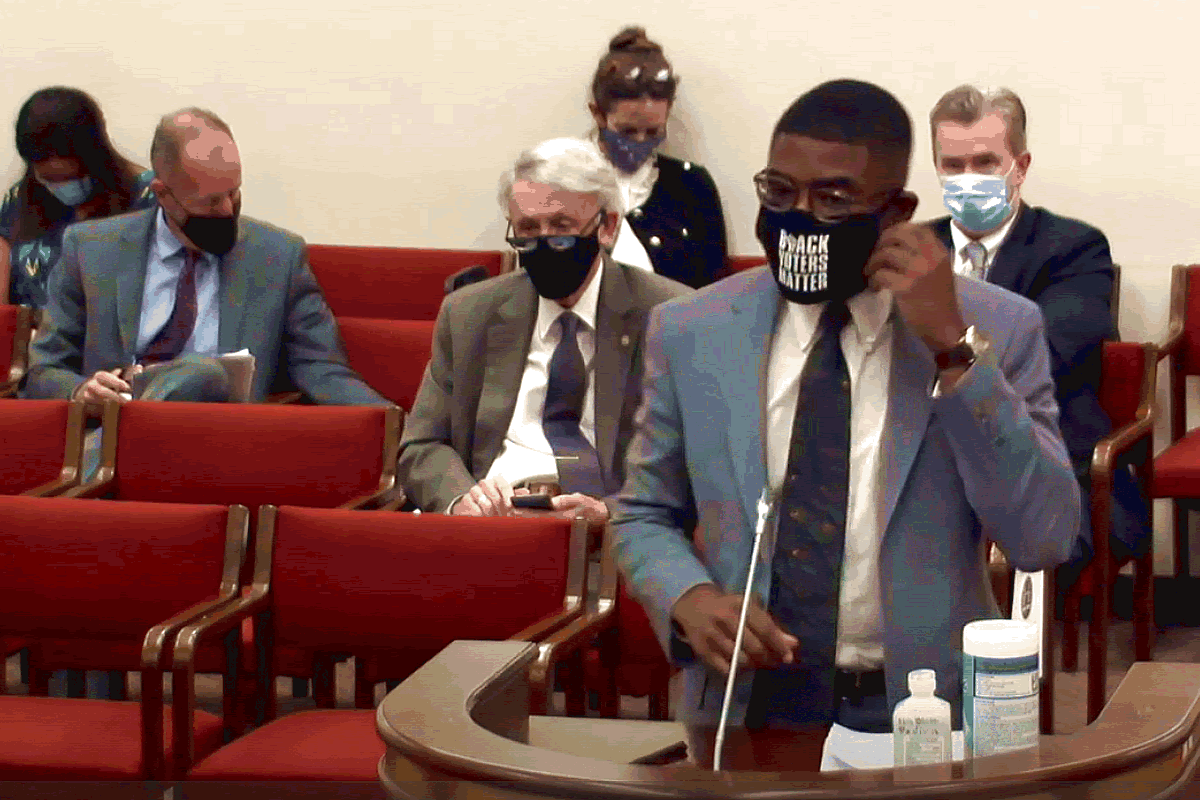
By Lindsay Street, Statehouse correspondent | By his account, Marcus McDonald was the youngest person in Room 110 of the Blatt Building at the Statehouse complex when he took the lectern this month.
The 23-year-old Charleston man also lacked law enforcement or attorney credentials — a hallmark of many speaking before the special House Equitable Justice System and Law Enforcement Reform Committee. But he said what few have in recent months of meetings.
“In South Carolina, it’s no secret we have a race problem,” McDonald said, after removing his black mask emblazoned with white, bold letters saying “Black Voters Matter.”

McDonald, a substitute teacher and an organizer for Charleston Black Lives Matter, trekked to Columbia to speak on police training and tactics, just one aspect of a broad look at policing and criminal justice at the Statehouse. He participated in demonstrations this summer and has continued to organize more demonstrations. He said that during hours of testimony at a previous meeting, only one person directly said race was a problem.
Greenville Democratic Rep. Chandra Dillard said the subcommittee was “blown away” by McDonald. And she said he was right: No one was saying why the committee was meeting or what exactly is at the root of what they are trying to address.
Committee convenes for ‘substantive change’
Protests boiled in South Carolina on the last weekend of May in response to the death of George Floyd, a Black man who was in Minneapolis police custody when an officer kneeled on his neck for nearly nine minutes. Floyd suffocated to death. Police body cameras captured the incident on video. Floyd’s death was one of a spate of African American deaths at the hands of police officers and those saying they were enforcing the law.
By mid-June, House Speaker Jay Lucas, R-Hartsville, called for the formation of the House Equitable Justice System and Law Enforcement Reform Committee, made up of 18 bipartisan members. He asked for “substantive change” without defining it or saying directly why the committee was needed, except in response to “to address the urgent issues that our nation and state have been grappling with in recent weeks.”
In the opening remarks of the committee’s July 28 meeting, there was no direct mention of racial disparities in policing and the criminal justice system.

“It’s important for equality and justice for all South Carolinians,” co-chair House Majority Leader Gary Simrill, R-Rock Hill, said then. “Making sure everything we do in South Carolina is for all.”
Subcommittees, too, have been largely devoid of exploring exactly what causes Black men to die at higher rates by police, why Black people are pulled over more and why African Americans face harsher sentencing for drug charges than white people.
“When you look at the statistics, a large majority of the people that are prosecuted for drug violations are minorities, now I don’t know why that is, but that’s what the statistics show,” said Summerville Republican Chris Murphy, who sits on the sentencing reform panel.
Some say focusing on police and the justice system keeps the spotlight (and the money) from going toward fixes that solve the root issues. Americans for Civil Liberties Union of South Carolina Executive Director Frank Knaack said the result will lead to “spinning wheels” and no real change amid an atmosphere shouting for justice.
Policy following protest
The full committee is expected to evaluate subcommittee-drafted bills after the Nov. 3 election. Among the items being explored is a reworked version of the House’s sentencing reform bill (H. 3322), which died on the floor amid the pandemic. The bill sought to create uniformity and funding in solicitor’s drug courts and reduce mandatory sentencing for drug violations. Also on tap for discussion: hate crimes legislation, civil asset forfeiture reform, body camera standardization and funding, and bans on no-knock warrants and chokeholds.
Sentencing reform and hate crimes legislation likely would have been reintroduced for the 2021 session, but have received renewed focus with committee work this summer and fall.
Bills from the committee could come as early as the December pre-filing — especially for items with previous filings. But police tactics and training bills will likely take until the beginning of the session in 2021, according to panel members.
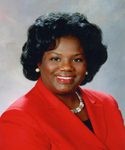
“Protest has to end in policy changes and that’s what we are doing and that’s what the civil rights era was built on — education, protest and policy,” Dillard said.
McDonald, the Charleston activist, said the goal of demonstrations around the state has always been to enact policy changes at the heart of deep racial disparities in the Palmetto State.
“The policy stuff is what people are asking for. The protests are the easy stuff and great visuals but the policy is where it happens,” he said.
But so far most of the policies being looked at are being touted as helping all people, not just specifically Black people.
“The all-lives approach works in the end because the laws have to apply to everyone but we have to focus on why we’re in this discussion in this first place, which is because of race,” McDonald said.
How to be an anti-racist at the state level
Two in 100 Black people in South Carolina are in prison, compared with four in 1,000 white people, according to the Prison Policy Initiative. But while focusing on police tactics and sentencing may seem like an effort to address the problem, advocates say it is only scratching the surface of a deeply-rooted issue.
“For a bill to be anti-racist, we need to admit that elements of the system are racist to begin with,” S.C. Appleseed Legal Justice Center attorney Bridget Brown said.
“Anti-racist” does not mean “not racist,” according to advocates. It means actively fighting racism, whether on the individual level or policy level.
“We need to be honest about the role race plays in the criminal justice system as a whole,” Brown said. “We need to be honest about the role race plays in the over-policing of certain neighborhoods. We need to be honest about the lifetime impact of a criminal record on a person despite having served their time or having received an expungement or a pardon. We need to be honest about those things so that the end result is an anti-racist bill.”
Knaack said there is little hope when yet another committee is called to focus on policing policy and training, and not the underlying issues causing crime.
“They have these generally small, mostly superficial reform packages they try to push through and pat themselves on the back and say, ‘We’ve made ourselves a less racist place’,” Knaack said. “We keep coming back to procedural justice but we have to come to a point where we realize that’s not a solution.”
He said police cannot provide housing and health care — two things that are directly linked to crime rates. Much of the policing and criminal justice woes felt by minority communities is tied back to the continued racial wealth gap, which puts the people on unequal ground from the start, Knaack said.
Knaack said creating antiracist policy will come from diverting some police resources toward programs that solve root causes of crime, and makes amends for previous policies that have worsened those causes over time. This idea has been summarized by the chant “Defund the Police” by protesters.
“It’s time to rethink what public safety should mean,” Knaack said.
So what’s an example of anti-racist policy? Take legalization of marijuana, Knaack said. Legalizing the drug is not anti-racist, he said, although marijuana laws disproportionately impact the black community. But legalizing the drug and diverting the money previously used to fund interdiction to repair communities negatively impacted by policy is anti-racist, he said.
- Have a comment? Send to: feedback@statehousereport.com
200,000 in S.C. could get health coverage with expansion

By Lindsay Street, Statehouse correspondent | Analyses from the Center on Budget Policy and Priorities predict 191,664 South Carolinians would gain health coverage if the state expands Medicaid.
According to the CBPP, Medicaid expansion narrows racial disparities in health coverage and access to care, and it improves coverage and health for parents and children. It would also put the state in a better position to respond to the current coronavirus pandemic, the analyses said. States that have expanded Medicaid have seen increases in access to care that have led to better health outcomes, such as improvements in self-reported health, decreases in the share of low-income adults screening positive for depression, and notably, fewer premature deaths. Many people who could gain coverage through expansion are at elevated risk from the virus, according to CBPP.
Reports show hundreds of South Carolinians have died from preventable diseases due to lack of coverage over the years. The CBPP pegged the number at 788. (See our previous coverage.)
In other news:
ACA enrollment begins Nov. 1. Health insurers selling Affordable Care Act plans to individuals have lowered rates in some areas or issued only modest premium increases for 2021. Final rates have yet to be finalized. Sign up ends Dec. 15. Read more.
New law on turtles. Gov. Henry McMaster signed a bill this week that bans the commercial trade of native turtles in South Carolina. Turtle and wildlife advocates praised the move as a “meaningful step to protect (the state’s) native turtles,” said Elise Bennett, an attorney at the Center for Biological Diversity. “This law will raise the state out of a morass of turtle trafficking and make it a safe haven for wild turtles.” Read the law here.
S.C. could reject a record number of absentee ballots. Some voting rights groups in the state are warning that mixed messages around a witness requirement and a new bar on ballot curing could lead to disenfranchisement. The witness signature is required for mailed-in ballots, and ballot curing is the process of notifying voters of issues with ballots received without the proper signature. Read more.
New documentary looks at political rift in S.C., U.S. “A Hard Road: Travels in Trump’s America” looks at the divisive political mood of South Carolina and the rest of the country in 2018, showing emerging political fissures that exploded in this pandemic year with national protests over civil rights and race. Statehouse Report editor and publisher Andy Brack directed the documentary. See the five-part series here. Episode Two features South Carolina:
Climate change takes its toll on health in S.C. The State has a seven-part series examining the health toll exacted by climate change in South Carolina. Part one was released this week, looking at flesh-eating bacteria that is killing people. Read more.
- Have a comment? Send to: feedback@statehousereport.com
South Carolina Farm Bureau
 Statehouse Report is provided for free to thousands of subscribers thanks to the generosity of our underwriters. Today we shine a spotlight on our newest underwriter, S.C. Farm Bureau. It is a grassroots, non-profit organization that celebrates and supports family farmers, locally-grown food and rural lands through legislative advocacy, education and community outreach.
Statehouse Report is provided for free to thousands of subscribers thanks to the generosity of our underwriters. Today we shine a spotlight on our newest underwriter, S.C. Farm Bureau. It is a grassroots, non-profit organization that celebrates and supports family farmers, locally-grown food and rural lands through legislative advocacy, education and community outreach.
S.C. Farm Bureau’s alliance of nearly 100,000 members includes everyone from foodies and fishermen to lawyers, restaurateurs, entrepreneurs, community leaders, and of course, farmers. By connecting farmers to the larger community, the organization cultivates understanding about agriculture’s importance to our local economies. The S.C. Farm Bureau explains its mission: “We deepen our collective knowledge of who, where and how food grows. We empower people to make informed choices. We grow mutually-beneficial relationships. And, we ensure the future of the family farms, locally-grown food and the rural South Carolina lands we love.”
- To learn more about S.C. Farm Bureau’s programs, click here.
- To view media and publications, click here
- For policy and legislation, click here.
Country shifting back toward center
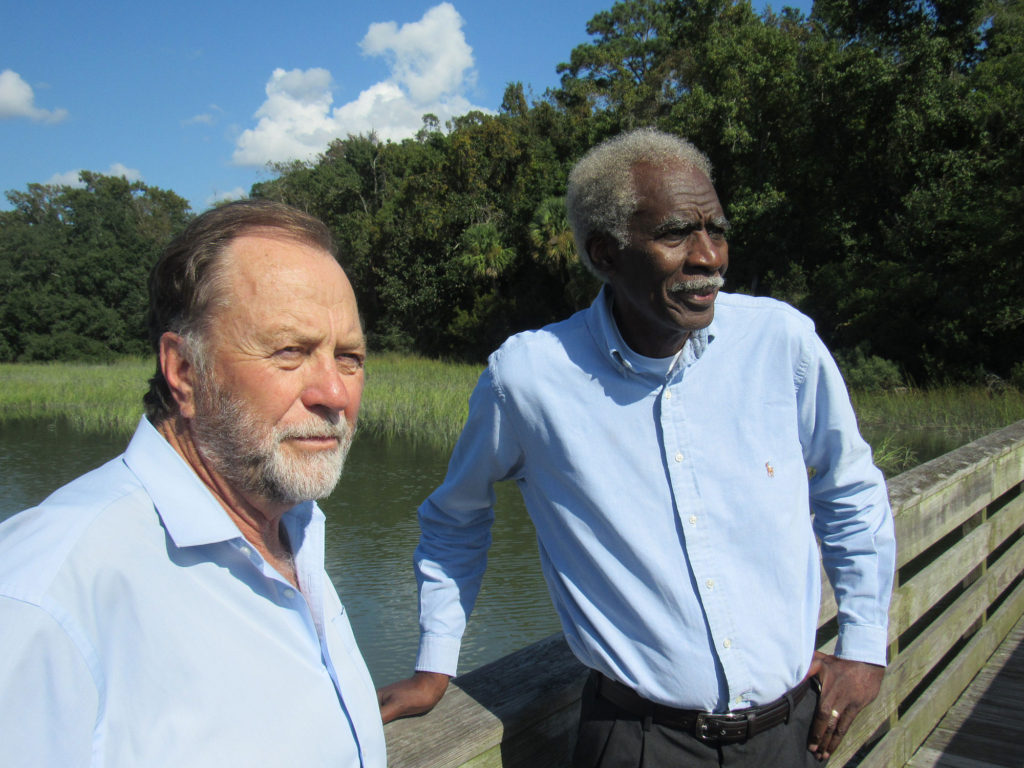
By Andy Brack, editor and publisher | The first referendum on Donald Trump’s presidency was in the 2018 midterm elections, which found him losing control of the U.S. House of Representatives. The second will be Nov. 3 when voters decide whether to continue with lackluster leadership marked by rants, raves, scandals and corruption.
 Two years ago during five weeks of interviews in eight states, voters described an America with widening divisions to an Australian-led documentary film crew. The big takeaway, which can now be seen online for free in a five-episode production, was how unhappy Americans had become.
Two years ago during five weeks of interviews in eight states, voters described an America with widening divisions to an Australian-led documentary film crew. The big takeaway, which can now be seen online for free in a five-episode production, was how unhappy Americans had become.
“People feel that they shouldn’t be feeling like that – that there should be a greater sense of oneness in their country and I think that has been a feature of America in times past,” observed Australian pundit Bruce Hawker in 2018. “Now they miss that (oneness) and I think it’s a discombobulating feeling for a lot of Americans. They really feel affected adversely about it. I think they’re also exhausted by the constant conflict, and that’s not a good thing. I suspect it’s going to keep going for the next two years.”
The enmity did get worse, exacerbated by three seasons of coronavirus plus a summer of racial tension and a fall onslaught of negative political ads that hasn’t let up.
“Now in 2020, it feels like the rift is even wider,” Hawker said this week at the rollout of the film. “I think the effects of the pandemic on people’s health and the economy have heightened tensions. The one concern that almost all the people we interviewed had in common was their desire to see less political division. However, we didn’t see much evidence of a willingness by anyone to make the necessary concessions. Time will tell how that division will be resolved.”
In recent weeks, Hawker’s team, which again included me, has been gathering more footage from Arizona, Minnesota and Pennsylvania to South Carolina, Georgia and Florida. A new film on the mood of the country leading to this year’s election is expected to be ready early next year.
“When we went to the U.S. in 2018, what we found were there were a lot of people who believed that he [President Trump] still deserved the benefit of the doubt,” he said. “They had worried about the way he tweeted, his attitudes towards women and even his attitude towards minorities. But they always had the word ‘but’ coming after their concerns — ‘but he’s a businessman’ or ‘but he wasn’t elected to be a politician’ or ‘but he’s getting the economy going.’
“Since then, of course, we’ve had a major upheaval in the American society, just as we’ve seen around the world. Their economy has been hit by the coronavirus pandemic and that has changed the political and social landscape significantly. For many people, including African Americans, the annoyance they had in 2018 about Trump and his racially-motivated statements has now become anger and fear in many people’s minds because they see him as potentially unleashing mobs against them.”
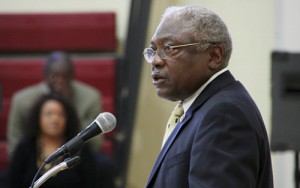
U.S. Rep. Jim Clyburn, the South Carolina Democrat who is third in leadership in the U.S. House, said Americans are sick of Trump’s bombast and bluster. Now in 2020, it’s coming home to roost.
“People are looking for stability in their lives,” Clyburn said in an interview this week. “They’re tired of the COVID deaths. They’re tired of the illnesses. They’re tired of the insults. They’d love to see this country return to some degree of normalcy. And so I think what Joe Biden represents. And that’s why I came out so strongly for him.”
Clyburn said the 2020 election would shift the country toward the center, just as has happened time after time in its history.
“The movements in this country are like a pendulum on a clock. It goes left and then it goes right. And then it goes back left and goes back right. What we have to understand is that when it goes left and right, it always passes through the center. So this country camps out in the center twice as much as it does left or right.
“This is a battle to restore America’s goodness. The only way we are going to maintain America’s greatness is to restore America’s goodness.”
Andy Brack, editor and publisher of Statehouse Report, served as director of A Hard Road: Travels in Trump’s America, which debuted this week. Episode Two focuses on South Carolina. Have a comment? Brack’s column also is published in the Charleston City Paper, Florence Morning News, Greenwood Index Journal, The (Seneca) Journal, Camden Chronicle Independent and Hartsville Messenger. Have a comment? Send to: feedback@statehousereport.com.
No parking
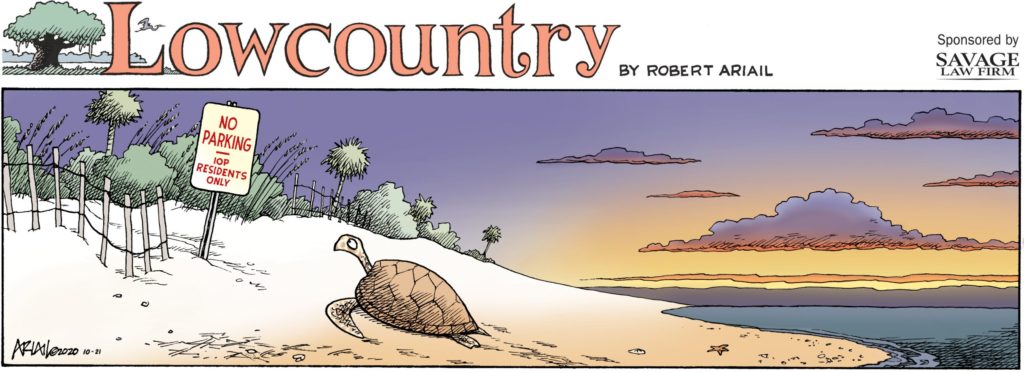
Enjoy this week’s cartoon by Robert Ariail, republished from our sister newspaper, the Charleston City Paper. Love it? Hate it? What do you think: feedback@statehousereport.com.
Hey cancer: Screw you

By Catherine Brack, special to Statehouse Report | October is Breast Cancer Awareness month, and for many, it is pink: Pink ribbons, walks and fashion shows featuring pink clothing, shoes and cocktails. If there needs to be an awareness month to inspire more women to schedule mammograms and have real talks about their health with their doctors, then great. Keep it up.
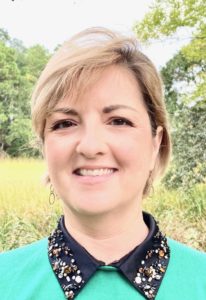
But if this is about the symbolism of a month or a ribbon or socializing at walks or parties, then that’s nothing but Barbie-fying breast cancer. It desensitizes the public to the reality of breast cancer. It fails to illustrate how difficult this disease is to detect, much less treat.
Breast cancer is vile. It is soul-destroying. It is physically painful. It is an emotional terrorist. It is my reality, every single day.
I talk openly about cancer because I want people to understand the face of cancer. I never wanted this reality. I never wanted the surgeries or scars. I never thought I could be facing death at my age, 51, and yet, here I am. Cancer sucks, but that’s not even close to sufficient description.
So let’s have a real discussion about vile disease.
One reality: You diligently get your annual mammogram. Over the years, some come back with anomalies, so you go back for another mammogram to confirm or deny the first one, and sometimes you are treated to a sonogram or biopsy, just to be sure. And for many, this is it. This is your big scare and you go on with your life.
But then too many women — and a few men — face this: Your mammograms may come back “unremarkable,” but then a few months later, you find a lump. Your doctor suggests another mammogram, which leads you down the sonogram/biopsy/MRI path. Long needles in sensitive areas get jammed into you multiple times. It hurts. Cancer confirmed; treatment begins. For me, this meant chemotherapy, surgery and radiation.
In very basic terms, chemotherapy kills fast-growing cancer cells. I had 16 intravenous rounds of chemo, and during those five months, I experienced every side effect you could have. Hair loss. Hemorrhoids. Dry eyes. Chronic fatigue. Low iron. Grey skin. Poor memory. Weight loss.
Then comes some kind of surgery, from a lumpectomy to mastectomy. And this often is followed with radiation to try to kill off anything left. Radiation leaves you burned, blistered, tattooed and tired.
I celebrated the end of my treatment and my 50th birthday within a few days of each other. Unfortunately, I celebrated too soon. Eleven months to the day of the end of my initial treatment, I was re-diagnosed and elected to have my breasts amputated. “Bi-lateral mastectomy” is too clinical of a term for what happened. My breasts and nipples were cut away and discarded.
No doctor can ever prepare you for the loss of your breasts and the drainage tubes that accompany recovery. Gross is an understatement. And before breast implants can be added, a tissue expander is inserted where your breasts were to help stretch the skin. Then you are injected with saline on a bi-weekly basis for three months, a process that while not painful, is incredibly uncomfortable.
I was thrilled to have my implants inserted and move beyond cancer, only to be told, a month after implant surgery, that I again had breast cancer, which, to the layman, seems impossible. It’s not. Metastasized breast cancer travels. It can also go into your bones, your lungs and your brain, your soft tissue, and for me, the chest wall. And it does horrible things to each area — bones that look like honeycombs, lungs that struggle to function, brain tumors and skin lesions that look like a bad case of teenage acne.
Right now, I don’t know if the latest treatments will work. I have real, fact-based talks with my oncologist, who I appreciate more than he will ever know. As sick as I am, when you see me, you’d never even notice. I don’t look like a face of cancer. But the awful reality is: cancer has no real look. It doesn’t discriminate, and it just needs one cell it can invade to destroy a life, wreak havoc with a family and long-term plans into short term must-do’s.
So, during Breast Cancer Awareness month, get a mammogram. Donate to research. But don’t dare to think a cute fashion show or cocktails event is going to beat this demon.
Catherine Brack of Charleston is a nonprofit executive. Disclosure: Her brother is publisher of our sister newspaper, the Charleston City Paper, where it was first published. Have a comment? Send to: feedback@statehousereport.com.
Send us your thoughts
We love hearing from our readers and encourage you to share your opinions. But to be published, you’ve got to provide us with contact information so we can verify your letters. Letters to the editor are published weekly. We reserve the right to edit for length and clarity. Comments are limited to 250 words or less. Please include your name and contact information.
- Send your letters or comments to: feedback@statehousereport.com
Golden dome
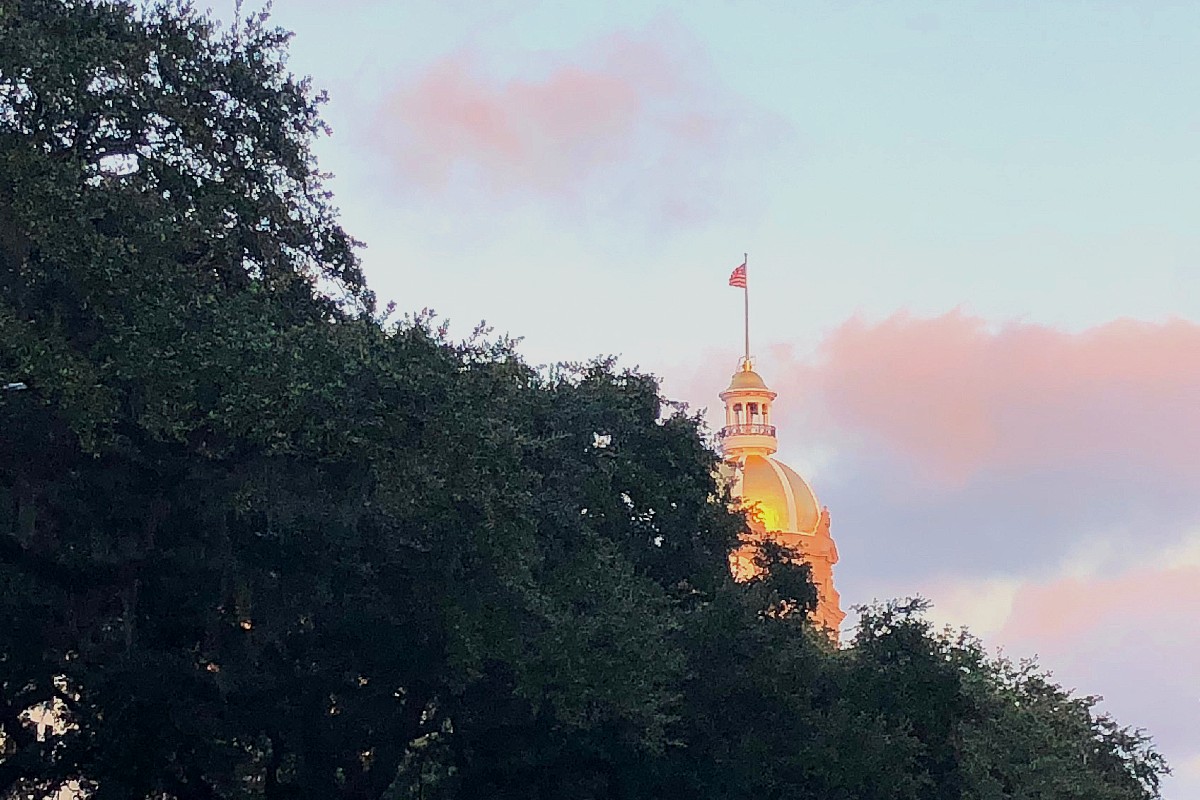
Here’s an attractive dome buoyed by sunlight. What and where is it? Send to feedback@statehousereport.com. And don’t forget to include your name and the town in which you live.
Our previous Mystery Photo
 Our Oct. 16 photo, “Monument to shipping,” showed a metal model of the SS Savannah, the first steamship to cross the Atlantic Ocean. The picture was taken along the riverwalk in Savannah along the Savannah River.
Our Oct. 16 photo, “Monument to shipping,” showed a metal model of the SS Savannah, the first steamship to cross the Atlantic Ocean. The picture was taken along the riverwalk in Savannah along the Savannah River.
Congratulations to these intrepid photo detectives for identifying it: George Graf of Palmyra, Va.; Allan Peel of San Antonio, Texas; Kevin Mertens of Greenville; Philip Cromer of Beaufort; and Vicki Ringer of Columbia.
Peel provided detail about the memorial: “The sculpture is located along the Savannah waterfront in the John P. Rousakis Riverfront Plaza at the corner of the historic River Street and Barnard Street in Savannah, Ga. Captained by Moses Rogers (1779-1821), this ship set sail from Savannah on May 22, 1819, and arrived in Liverpool, England, on June 20, 1819. The 98-foot, 320-ton hybrid vessel was built to operate as a side wheel steamship or a sailing ship with three masts. With 32-passenger berths and three saloons, it had an interior resembling a pleasure yacht. However, it had been dubbed the “steam coffin” and the owners had been unable to secure any passengers or freight for the trip to Liverpool, therefore it was an experimental voyage.
“The ship left Savannah on May 22, 1819 with 75 tons of coal and 25 cords of wood for fuel. It took 29 days and 11 hours to reach Liverpool but the steam engine was only employed for a total of 80 hours during the voyage. Considering that the total distance travelled (as the crow flies) was over 4,000 miles, this means that the ship was able to achieve an average speed of 5.7 mph (or 5.0 nautical mph), assuming a 24/7 sailing regiment.
“Despite the historic voyage, the Savannah failed to be a commercial success due to the great space that was taken up by the large steam-engine and its associated fuel, limiting the cargo-carrying capacity of this type of ship. In order to make ends meet, the owners of the ship had it converted to 100 percent sail shortly after its return trip from Europe in 1819. Just two years later, the SS Savannah met her fate in a devastating ship wreck off Long Island, N.Y., in 1821, coincidentally the same year that Rogers died from typhoid fever.”
Send us a mystery: If you have a photo that you believe will stump readers, send it along (but make sure to tell us what it is because it may stump us too!) Send to: feedback@statehousereport.com and mark it as a photo submission. Thanks.
 ORDER NOW: Copies are in Lowcountry-area bookstores now, but if you can’t swing by, you can order a copy online today.
ORDER NOW: Copies are in Lowcountry-area bookstores now, but if you can’t swing by, you can order a copy online today.
ABOUT STATEHOUSE REPORT
Statehouse Report, founded in 2001 as a weekly legislative forecast that informs readers about what is going to happen in South Carolina politics and policy, is provided to you at no charge every Friday.
Meet our team
- Editor and publisher: Andy Brack, 843.670.3996
- Statehouse correspondent: Lindsay Street
Donate today
We’re proud to offer Statehouse Report for free. For more than a dozen years, we’ve been the go-to place for insightful independent policy and political news and views in the Palmetto State. And we love it as much as you do.
But now, we can use your help. If you’ve been thinking of contributing to Statehouse Report over the years, now would be a great time to contribute as we deal with the crisis. In advance, thank you.
Buy the book
Now you can get a copy of editor and publisher Andy Brack’s We Can Do Better, South Carolina! ($14.99) as a paperback or as a Kindle book ($7.99). . The book of essays offers incisive commentaries by editor and publisher Andy Brack on the American South, the common good, vexing problems for the Palmetto State and interesting South Carolina leaders.
More
- Mailing address: Send inquiries by mail to: 1316 Rutledge Ave., Charleston, SC 29403
- Subscriptions are free: Click to subscribe.
- We hope you’ll keep receiving the great news and information from Statehouse Report, but if you need to unsubscribe, go to the bottom of the weekly email issue and follow the instructions.
- Read our sister publications: Charleston City Paper (every Wednesday) | Charleston Currents (every Monday).
- © 2020, Statehouse Report, a publication of City Paper Publishing, LLC. All rights reserved.
















 We Can Do Better, South Carolina!
We Can Do Better, South Carolina!
Thank you for sharing the reality of metastatic breast cancer. We so often think of October as pink ribbon month and yes, we try to make it “pretty” and encourage each other to be screened for breast cancer but the reality for many is very much how you described your journey. It is not pretty and it is hard. Thank you for your honesty and God bless you on your journey.